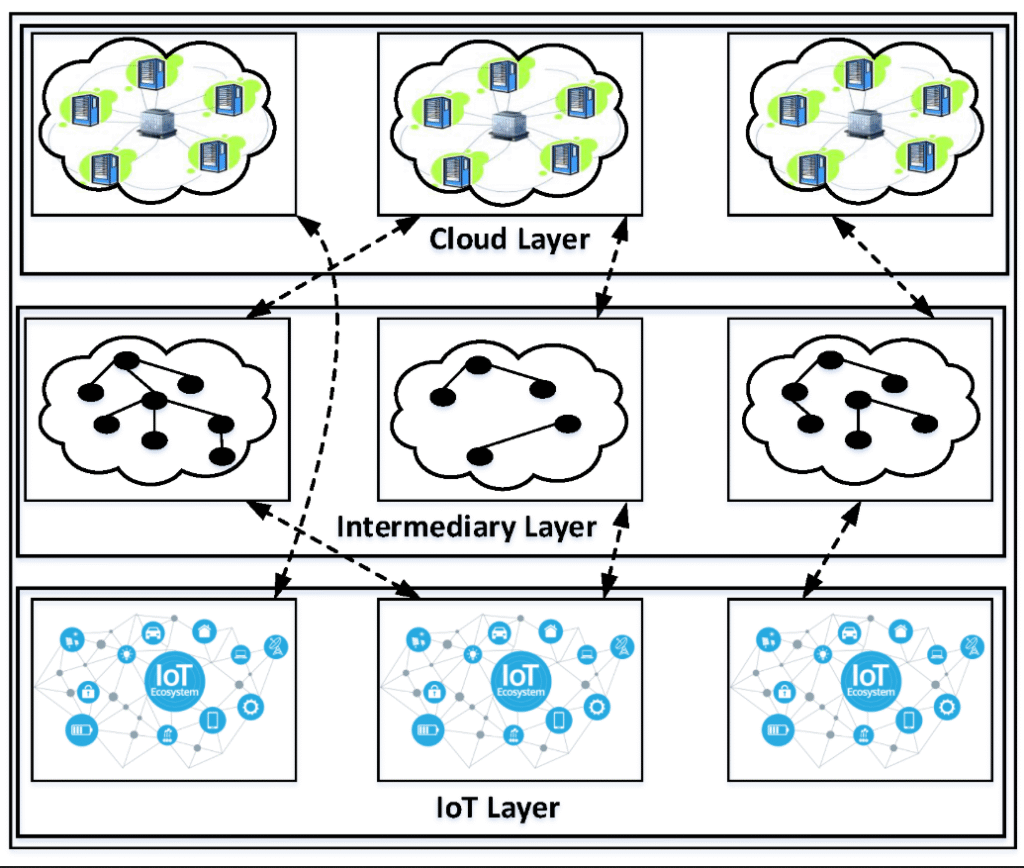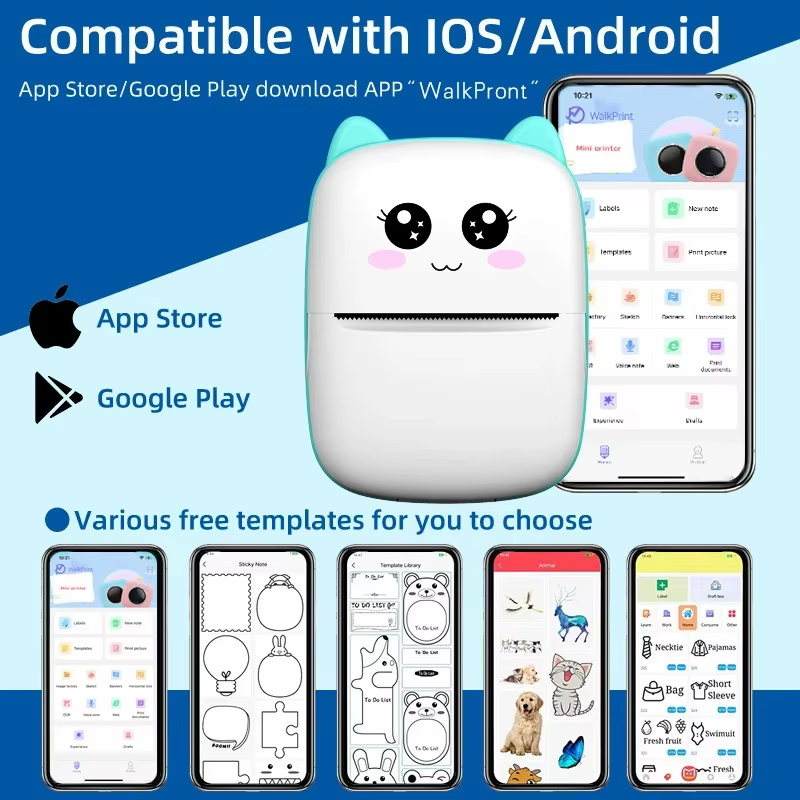The Intelligence of Things (INOT) is an innovative spatial context-aware control system designed to enhance smart home automation through intuitive spatial reasoning. Unlike traditional systems that rely on device-specific identifiers, INOT enables users to control devices using natural language commands with spatial context, such as “turn on the light near the window.
🧠 Key Components of INOT
- Onboarding Inference Engine: Facilitates the initial setup by associating devices with spatial context.
- Zero-Shot Device Detection: Utilizes vision-language models to identify devices without prior training.
- Spatial Topology Inference: Analyzes the physical layout to understand device locations and relationships.
- Intent-Based Command Synthesis: Processes natural language inputs to execute appropriate actions based on spatial context.
These components work together to create a seamless and intuitive user experience, allowing for more natural interactions with smart home systems.
📊 Performance and User Study
A comprehensive user study involving 15 participants demonstrated INOT’s significant advantages over conventional systems like Google Home Assistant. Users reported:
- Reduced Cognitive Workload: NASA-TLX scores decreased by an average of 13.17 points.
- Higher Ease-of-Use Ratings: Participants found the system more intuitive and easier to use.
- Stronger Preference: 14 out of 15 participants preferred INOT over traditional systems.
These findings highlight INOT’s effectiveness in enhancing user experience through spatial context-aware interactions.
🔧 Integration with Existing IoT Ecosystems
INOT is designed to be compatible with existing IoT ecosystems, integrating directly with platforms like Tuya Smart Device APIs. This allows INOT to operate across heterogeneous device landscapes without being constrained by vendor-specific protocols. The system’s architecture supports extensibility, enabling adaptation to other IoT backends such as Home Assistant, Matter, or proprietary systems through modular service adapters.arXiv
🏠 Applications and Future Directions
INOT’s adaptability makes it suitable for various environments, including:
- Smart Homes: Enhancing daily living through intuitive device control.
- Assisted Living Facilities: Providing support for individuals with cognitive or motor impairments.
- Enterprise Environments: Streamlining operations in smart offices and hotels.
Future developments aim to incorporate features like hands-free interactions using smart glasses with Simultaneous Localization and Mapping (SLAM), behavioral modeling, emotional state detection, and federated learning to enable personalization without compromising user data.
INOT represents a significant advancement in creating more intuitive and accessible smart home control systems by eliminating the need to memorize device identifiers and enabling context-aware spatial commands.


